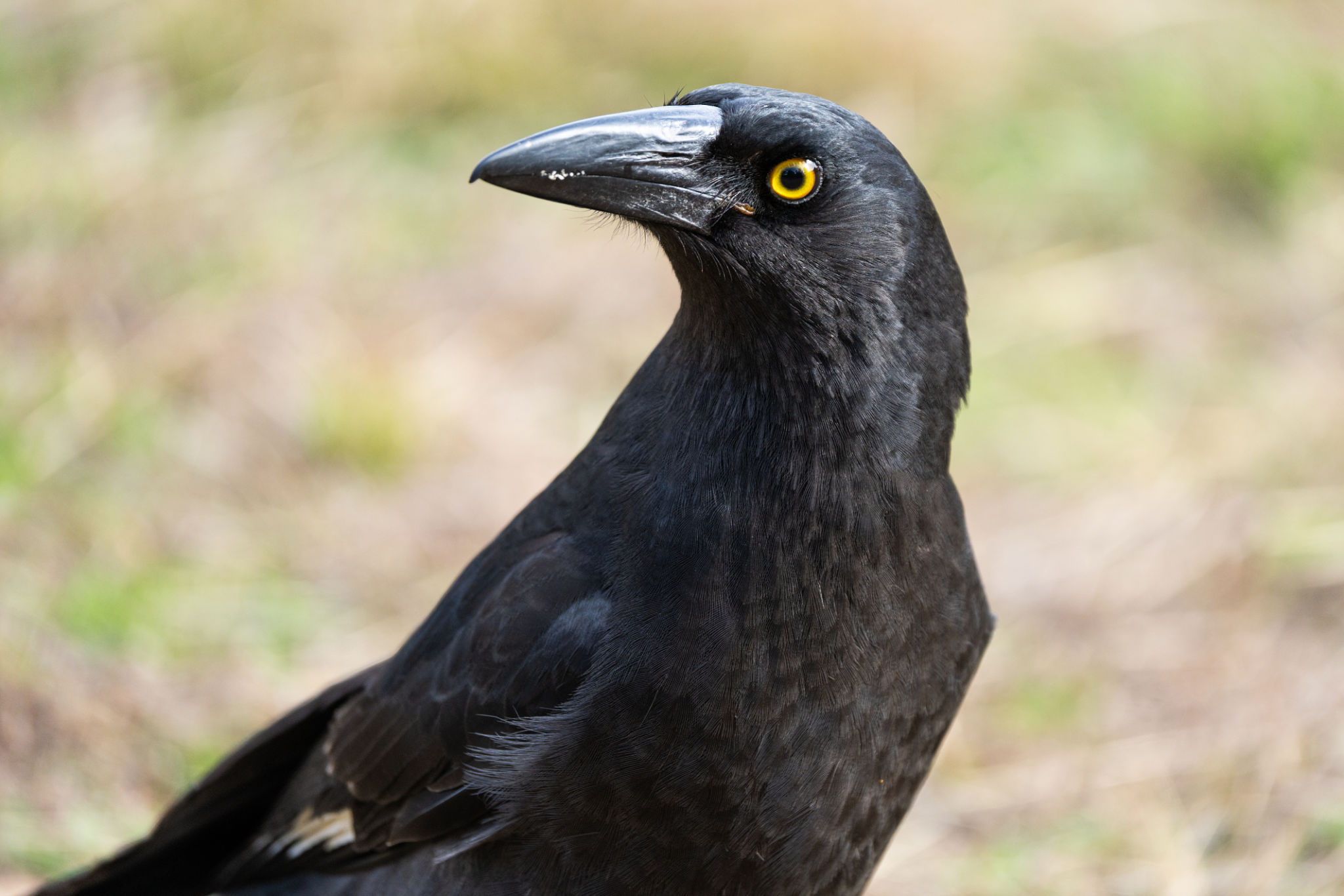How to Choose the Right Invasive Bush Chemicals for Your Farm
Understanding the Challenge of Invasive Bushes
Invasive bushes can pose significant challenges to farmers, as they often compete with crops for resources, alter soil composition, and disrupt local ecosystems. It's important to identify and manage these invasive species effectively to maintain the health and productivity of your farm. Choosing the right chemicals for controlling these bushes is a critical step in this process.

Before selecting any chemical solutions, it's essential to understand the specific types of invasive bushes present on your farm. Some common species include privet, multiflora rose, and Russian olive. Each of these requires different management strategies and chemical treatments. Conducting a thorough assessment of the invasive bush types on your property will help inform your choice of chemicals.
Evaluating Chemical Control Options
Once you've identified the invasive species, the next step is to evaluate chemical control options. This involves understanding the active ingredients in herbicides and how they work against specific bushes. Some common active ingredients include glyphosate, triclopyr, and imazapyr. Each has its own benefits and drawbacks, so it's crucial to match the chemical to the specific invasive species you’re dealing with.
Factors to Consider When Choosing Chemicals
When selecting chemicals for invasive bush control, consider the following factors:
- Effectiveness: Research which chemicals are most effective against the specific invasive species on your property.
- Environmental Impact: Consider the potential impact on non-target plants and wildlife.
- Application Method: Determine if the chemical is suitable for foliar spray, basal bark treatment, or cut-stump application.
- Cost: Evaluate the cost-effectiveness of different chemical options in relation to their benefits.
Integrating Chemical Control with Other Management Practices
Chemical control should be part of an integrated management strategy that includes mechanical removal, monitoring, and prevention measures. This holistic approach can enhance the effectiveness of your control efforts and reduce reliance on chemicals over time.

For instance, after applying herbicides, consider planting native species that can outcompete invasive bushes and help restore natural ecosystems. Regular monitoring will also help identify any resurgence of invasive species early on, allowing for timely intervention.
Safety and Compliance Considerations
Safety is paramount when dealing with chemical herbicides. Always wear appropriate personal protective equipment (PPE) such as gloves, masks, and goggles when handling these substances. Ensure compliance with local regulations regarding the use of pesticides and herbicides to avoid legal issues and protect the environment.
Consulting Experts and Resources
If you're unsure about which chemicals to use or how to integrate them into your management plan effectively, consider consulting agricultural extension services or pest management professionals. These experts can provide invaluable guidance tailored to your specific situation.

Additionally, there are numerous resources available online and through agricultural organizations that can provide further information on invasive bush management and chemical use. Staying informed and proactive is key to successfully managing invasive species on your farm.
By carefully choosing the right chemicals and integrating them into a comprehensive management plan, you can protect your farm from the adverse effects of invasive bushes while promoting a healthy and sustainable agricultural environment.